Navigating Vision Changes After 40: Understanding Presbyopia and Contact Lens Options
For many of us, hitting 40 means prioritizing our health in new ways. Even if you’re staying active and maintaining a healthy lifestyle, certain age-related changes—like difficulty focusing your eyes on close-up text—are simply part of the process. If you find yourself squinting at menus, holding your phone at arm’s length, or straining to read fine print, it may be time for an eye exam in Edmonton.
At Optometrists’ Clinic Edmonton, we can diagnose age-related vision changes like presbyopia and help you explore modern eyewear solutions, including bifocal and multifocal contact lenses.
What is Presbyopia?
As we age, the lens in our eye loses flexibility, making it harder to adjust focus between near and far objects. This gradual decline in near vision is called presbyopia.
Signs of presbyopia include:
- Holding reading materials further away to focus
- Straining to read small print
- Experiencing eye fatigue or headaches after reading
- Needing brighter light to see clearly up close
Previously, reading glasses were the primary solution for presbyopia. But today, bifocal and multifocal contact lenses offer a more convenient and stylish option—letting you see clearly at all distances without constantly switching between glasses.
Bifocal vs. Multifocal Contact Lenses: What’s the Difference?
While both bifocal and multifocal lenses correct distance and near vision, they are structured differently:
- Bifocal Contact Lenses: Feature two distinct prescriptions in the same lens—one for near vision and one for distance.
- Multifocal Contact Lenses: Function like progressive eyeglasses, offering a gradual transition between multiple focal points—distance, intermediate, and near vision—in one lens.
Types of Multifocal Contact Lenses
If you’re considering multifocal lenses, there are three main designs to choose from:
- Concentric Multifocal Lenses – Feature alternating rings of near and distance correction across the lens.
- Aspheric Multifocal Lenses – Offer a smooth, blended transition between distances, without visible lines.
- Segmented Bifocal Lenses – Work like progressive eyeglasses, with distance correction at the top and near vision at the bottom.
Your optometrist in Edmonton can help determine which lens type best suits your lifestyle and vision needs.
Are Contact Lenses the Right Choice for You?
If you’re new to contact lenses, it’s important to consider:
- Daily vs. Monthly Disposables: If you want a low-maintenance, no-cleaning-required option, daily disposable contacts may be best. If you wear contacts daily, monthly lenses might be a more cost-effective choice.
- Occasional Wear: If you normally wear glasses but want contacts for special occasions or sports, your optometrist can recommend a comfortable option that suits your needs.
- Coloured Contacts: If you’re looking to change or enhance your eye colour, there are coloured bifocal and multifocal contacts available.
Schedule an Eye Exam in Edmonton
If you’re experiencing changes in your vision, don’t ignore them—modern contact lens technology makes it easier than ever to see clearly and comfortably at any distance.
At Optometrists’ Clinic Edmonton, we offer a wide range of contact lens solutions to help you adapt to presbyopia with ease. Whether you’re interested in bifocal, multifocal, or coloured contact lenses, our team is here to help you find the perfect fit.
Schedule an eye exam today and discover which contact lenses are right for you!




